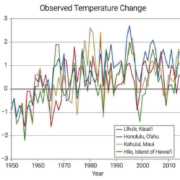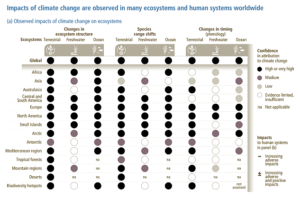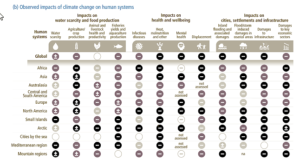Avoiding Extreme Climate Change – time is running out
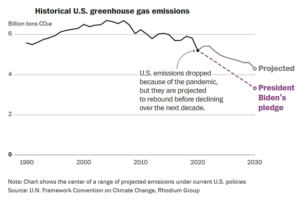
President Biden, in a speech on Wednesday and before an audience at a former coal plant in Massachusetts since converted to support an offshore windfarm project, told the audience the following:
“Climate change is literally an existential threat to our nation and to the world”…
“Right now, there are millions of people suffering from extreme heat at home so my team is also working with the states to deploy $385m right now. For the first time, states will be able to use federal funds to pay for air conditioners in homes, set up community cooling centers in schools where people can get through these extreme heat crises.” “As president, I have a responsibility to act with urgency and resolve when our nation faces clear and present danger, and the health of our citizens and our communities are literally at stake.”
“So my message today is this: since Congress is not acting as it should – and these guys here are, but we’re not getting many Republican votes – this is an emergency.”
Biden’s actions include $2.3bn in funding to help communities prepare for heatwaves, droughts and floods, new guidance that allows the federal government to help provide cooling centers and air conditioning, and new planned offshore wind energy leases for the Gulf of Mexico coast.
“Right now, there are millions of people suffering from extreme heat at home so my team is also working with the states to deploy $385m right now. For the first time, states will be able to use federal funds to pay for air conditioners in homes, set up community cooling centers in schools where people can get through these extreme heat crises,” Biden went on to explain.
“For too long we have been waiting for a single piece of legislation, and a single Senate vote, to take bold action on our climate crisis,” a group of senators including the leading progressives Bernie Sanders and Elizabeth Warren, wrote to Biden this week. “As a result, we urge you to put us on an emergency footing and aggressively use your executive powers to address the climate crisis.”
Lessons from a Hotter World

More than 100 million people in the Lower 48 states are under heat alerts on Thursday amid relentlessly sweltering temperatures that have soared as high as 115 degrees in recent days.
About 60 million Americans in at least 16 states are set to experience triple-digit highs Thursday; an additional half-dozen states could see the mercury reach the upper 90s.
This summer’s heat impacts are not confined to the US. 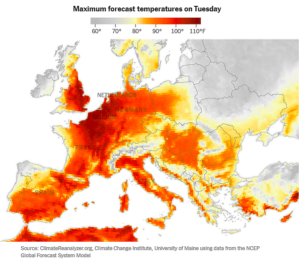
Scientists say that heat waves are increasing at a faster rate in Europe than in almost any other part of the world.
Scorching heat baked much of Western Europe this week, with temperatures reaching more than 100 degrees Fahrenheit in some areas.
The United Kingdom experienced major disruptions to its transportation networks, and France battled wildfires.
Is Hawaii getting hotter?
So yes, it’s hot and dry (a continuing drought over many parts of the state), and certainly increasingly muggy for those of us living here in sunny Hawaii. It’s also difficult to ignore the present extreme weather events now breaking all time temperature records around the world, spurring freak and deadly storms events, warming our oceans, and raising sea levels.
The heat wave presently impacting the US and Europe has set at least 60 records, peaked this week as a historic bout of exceptional temperatures killed more than 1,000 people in Europe. Britain set a record-high temperature Tuesday as several weather stations recorded temperatures which exceeded 40 degrees Celsius (104 degrees Fahrenheit) for the first time ever.
Cause and Effect –
White House officials are scrambling to advance the president’s environmental agenda after talks with Sen. Joe Manchin (D) recently stalled in a third round political compromise. In the meantime, Europe struggles to meet climate commitments given Putin’s retaliation for Ukraine sanctions amid its dependency on Russian gas and oil. What was an EU-sanctioned and European driven methodical transition off fossil fuels has become an all-out route. At least the Europeans have a plan, which is more than we can say for the US Congress, we can’t even seem to agree on the time of day..
The destruction of President Biden’s climate efforts by Republicans and one Democrat—Joe Manchin from the coal state of West Virginia—has the White House readying to declare a climate emergency, and readying to take needed executive climate action. Nobody likes this option, but the GasOilPollution party holding to the interests of its paymasters, addressing climate policy through congressional means is for all intent and purposes DOA.
President Biden’s efforts since taking office has been to demonstrate his firm belief in good governance through bipartisanship, unfortunately for the Country and planet Earth for that matter, his efforts in re-establishing America a global leader addressing climate change have failed, and certainly not because of the time invested or effort. Biden has, and is, facing a firewall of political resistance that goes against all meaningful climate action and reason. He must now assume a strongman rule that runs counter to democratic norms and govern by fiat, and for this president, the emerging climate emergency is a new governing reality that has moved the County’s welfare past politics.
Scientists have said the world must slash emissions in half this decade, and phase them out entirely by 2050, if catastrophically worse heatwaves, floods, drought and other climate impacts are to be averted. The US will fall about halfway short of such a goal absent any significant congressional action, even with presidential orders, analysts have forecast.
“President Biden cannot do it alone,” said Heather Zichal, chief executive of the American Clean Power Association. “We urge Congress to get back to the table and come to a consensus on clean energy provisions that our country so desperately needs.”
Ironically, some of the world’s biggest petro-polluters have been advocating planting trees as the magic bullet for carbon neutrality, as if they are Switzerland. Their carbon capture slogan goes like this, “…we are placing the planet on a path to a carbon neutrality (in some undetermined future) by planting millions of trees.”
The problem, accelerating global warming is creating the perfect storm for the burning of the world’s forests now on fire at unprecedented rates, and releasing massive amounts of carbon emissions into the atmosphere. The rising temperature consequences don’t end there, as ice sheets are melting in the northern and southern latitudes releasing massive volumes of methane (a highly potent greenhouse gas) compounding this human experiment on the path to extinction, as humans continue to burn fossil fuels and emitting GHG pollutants into the atmosphere at ever increasing rates.
Business as usual in unusual times
For over 30 years, science has shared with policymakers and the public hard evidence and science-based predictions of climate change and the resulting planetary warming feedback loops we’re now beginning to experience.
Beyond the increased warming and associated burning of entire forest systems, the remaining frozen areas in the northern and southern latitudes are now melting at rates not seen since humans walk the Earth, as the ice and tundra meltdown is further releasing massive amounts of once-frozen methane (a highly potent greenhouse gas) into the atmosphere. All this was predicted in publicly available cause-and-effect climate-science findings. These are but two examples of climate-feedback loops compounding today’s global heating of the planet, and making the job of reversing this trend that much more urgent.
However, it’s business as usual for the fossil fuel moguls and their agents in both political parties, as petrol profits are at an all time high, driven more by fear than supply and demand. These fossil fuel stakeholders can no longer deny their way out of the consequences of their products and business practices, now driving global warming beyond worse case predictions and wreaking havoc across Europe, the US, and the entire planet for that matter; it’s much easier for the fossil fuel industrial sector to believe in business-as-usual, and ignore their obvious connection to the problem and their responsibility for genuine participation in the solution.
Perhaps its not enough to destroy global habitat on which humans are so dependent, while global taxpayers annually are paying an estimated $6.2 trillion USD in taxpayer subsidies (IMF-World Bank recent study findings adjusted for inflation) to this same fossil fuel industrial sector – which begs the question…when is enough, enough?
As the US is blanketed with heat waves and extreme weather this summer, its another reminder we must heed the United Nations climate warning: It’s going to get worse.-
The story of two frogs
 Two frogs dove into a pot of warm water, unfortunately for them the pot was on a gas stove being heated. The frogs did not try to jump out of the pot as the temperature continued to rise, they managed to adjust their body temperature accordingly.
Two frogs dove into a pot of warm water, unfortunately for them the pot was on a gas stove being heated. The frogs did not try to jump out of the pot as the temperature continued to rise, they managed to adjust their body temperature accordingly.
As the water neared its boiling point, the frogs were no longer able to adjust their body temperature to the heat and tried to jump out of the boiling pot but couldn’t (that time had passed), and were boiled alive instead.
What was the reason that the frogs didn’t save themselves? Perhaps, blaming the hot water, and not the frogs for their demise, some would incorrectly conclude is the answer..

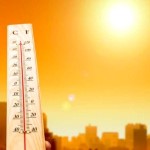

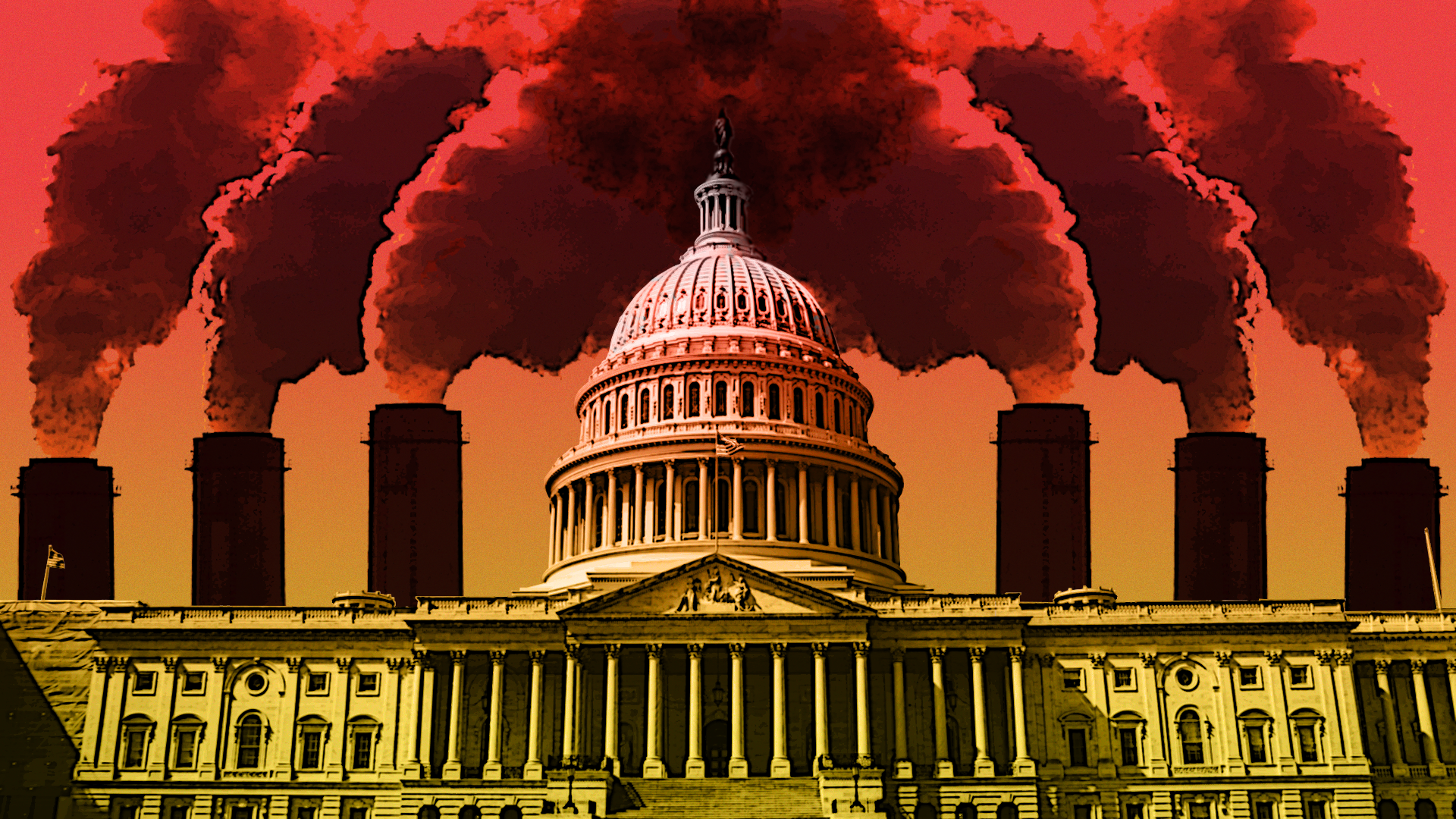

 First things first: What do companies mean by net zero?
First things first: What do companies mean by net zero?
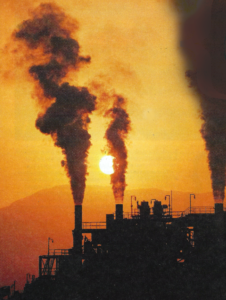 The world’s biggest fossil fuel firms are quietly planning scores of “carbon bomb” oil and gas projects that would drive the climate past internationally agreed temperature limits with catastrophic global impacts for all humanity.
The world’s biggest fossil fuel firms are quietly planning scores of “carbon bomb” oil and gas projects that would drive the climate past internationally agreed temperature limits with catastrophic global impacts for all humanity. The world’s scientists agree the planet is in deep trouble. In August, Guterres reacted strongly to a stark report by the Intergovernmental Panel on Climate Change, the world’s leading authority on climate science. “The IPCC report is a code red for humanity,” he said.
The world’s scientists agree the planet is in deep trouble. In August, Guterres reacted strongly to a stark report by the Intergovernmental Panel on Climate Change, the world’s leading authority on climate science. “The IPCC report is a code red for humanity,” he said. Data obtained by the Guardian from the think tank Carbon Tracker shows a dozen of the world’s biggest companies are on track to commit a collective $387 million dollars a day of capital expenditure to exploiting oil and gas fields through to 2030. A significant portion of this capital outlay is for maintaining existing projects – some oil and gas will still be needed as the world weans itself off fossil fuels –the exact amount is not publicly available.
Data obtained by the Guardian from the think tank Carbon Tracker shows a dozen of the world’s biggest companies are on track to commit a collective $387 million dollars a day of capital expenditure to exploiting oil and gas fields through to 2030. A significant portion of this capital outlay is for maintaining existing projects – some oil and gas will still be needed as the world weans itself off fossil fuels –the exact amount is not publicly available.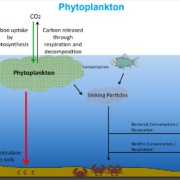
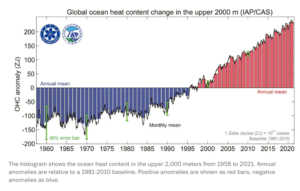 Today,
Today, 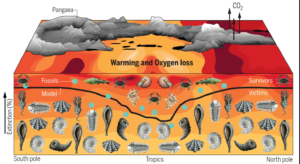 The Princeton University research revealed that most animals can’t afford to lose much more than 50 percent of their habitat — beyond that number, a species tips into irreversible decline. In the worst-case emissions scenarios, the losses would be on par with the five worst mass extinctions in Earth’s history.
The Princeton University research revealed that most animals can’t afford to lose much more than 50 percent of their habitat — beyond that number, a species tips into irreversible decline. In the worst-case emissions scenarios, the losses would be on par with the five worst mass extinctions in Earth’s history.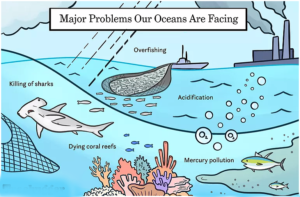
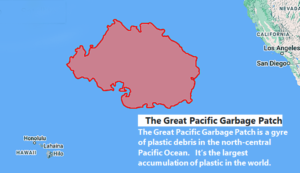 At least 14 million tons of plastic end up in the ocean every year, and plastic makes up 80% of all marine debris found from surface waters to deep-sea sediments. Marine species ingest or are entangled by plastic debris, which causes severe injuries and death, and people in turn eat the fish contaminated by oceans laden plastics.
At least 14 million tons of plastic end up in the ocean every year, and plastic makes up 80% of all marine debris found from surface waters to deep-sea sediments. Marine species ingest or are entangled by plastic debris, which causes severe injuries and death, and people in turn eat the fish contaminated by oceans laden plastics.
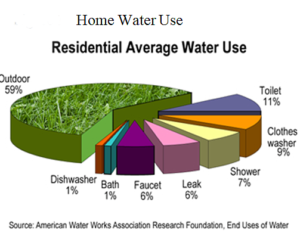 Redirecting the best quality wastewater from sinks, showers, and washing machines can replace 30 to 40% of the water needs for landscaping. Many nations and communities in the arid parts of the world reuse water by necessity and mandate.
Redirecting the best quality wastewater from sinks, showers, and washing machines can replace 30 to 40% of the water needs for landscaping. Many nations and communities in the arid parts of the world reuse water by necessity and mandate.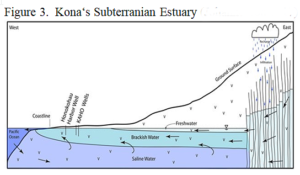
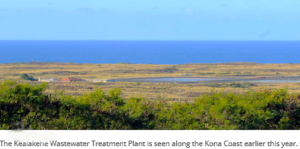 The wastewater of the Kealakehe Wastewater Treatment Plant is a glaring example of water resource mismanagement and nearshore pollution. For over 20 years about 1.8 million gallons a day of partially treated wastewater is dumped in a pit 0.7 of a mile from Honokohau Harbor. At least ten scientific studies document how this water flows seaward, in our subterranean estuary, polluting the harbor and the ocean. A plan that was funded by the EPA in 1993 required the reuse of the water for irrigation.
The wastewater of the Kealakehe Wastewater Treatment Plant is a glaring example of water resource mismanagement and nearshore pollution. For over 20 years about 1.8 million gallons a day of partially treated wastewater is dumped in a pit 0.7 of a mile from Honokohau Harbor. At least ten scientific studies document how this water flows seaward, in our subterranean estuary, polluting the harbor and the ocean. A plan that was funded by the EPA in 1993 required the reuse of the water for irrigation.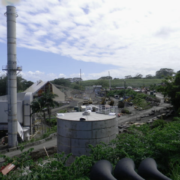
 The Canadian government website allows designation of speed of growth of the trees and the distance of transport of harvested trees to the power generating facility. Factoring ‘fast growing trees’ and 50 kilometers (30 miles) average transport (Pahala, Waiakea Mauka and Waipio rim to Pepe’ekeo) this Calculator shows that,
The Canadian government website allows designation of speed of growth of the trees and the distance of transport of harvested trees to the power generating facility. Factoring ‘fast growing trees’ and 50 kilometers (30 miles) average transport (Pahala, Waiakea Mauka and Waipio rim to Pepe’ekeo) this Calculator shows that, 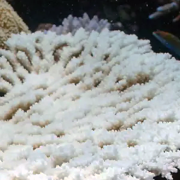
 Dr David Wachenfeld, chief scientist at the Great Barrier Reef Marine Park, told Guardian Australia: “There is certainly a risk we are seeing a mass bleaching event.
Dr David Wachenfeld, chief scientist at the Great Barrier Reef Marine Park, told Guardian Australia: “There is certainly a risk we are seeing a mass bleaching event.